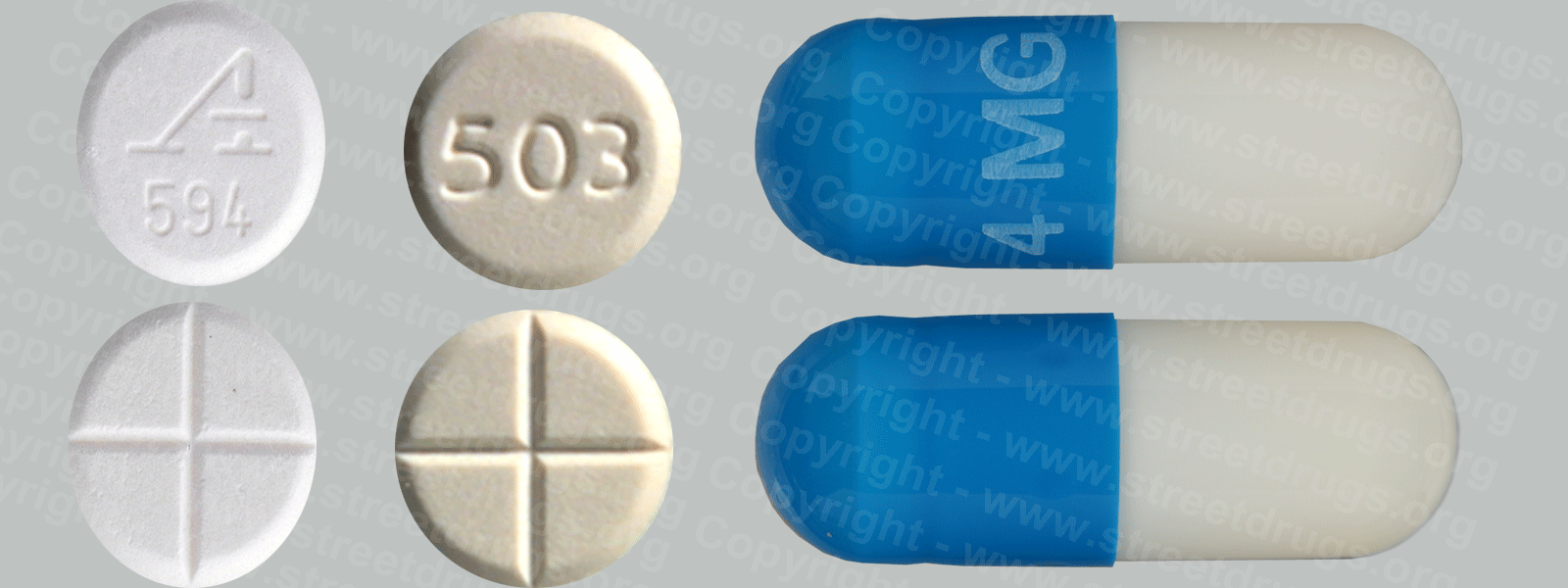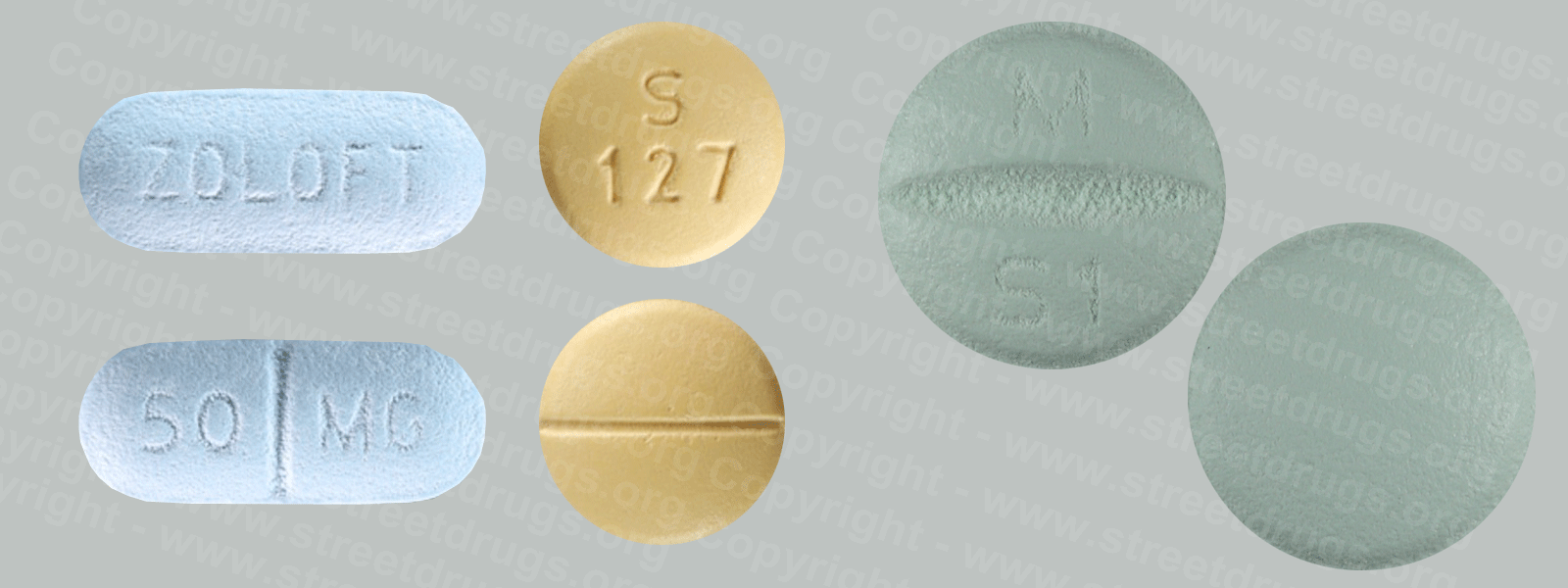Ephedra
Dietary supplements are marketed as “performance enhancers,” “energy boosters,” “fat burners,” “street drug alternatives,” or “legal highs” on the internet, television, and in nutrition stores. With the increased attention to Ephedra, which was recently banned by the FDA, other products are quickly gaining attention. These new products, promoted as safe, ephedra-free supplements, are considered to be just as risky as Ephedra-based supplements.
EPHEDRINEIN
There are two reasons they are dangerous: 1) the supplements contain high levels of stimulants often in combination with caffeine 2) the makers of the supplements are not required to list the quantity or amount of the stimulants that are in their products.
WHAT IS A DIETARY SUPPLEMENT?
Congress defined the term “dietary supplement” in the Dietary Supplement Health and Education Act (DSHEA) of 1994. A dietary supplement is a product taken by mouth that contains a “dietary ingredient” intended to supplement the diet. The “dietary ingredients” in these products may include: vitamins, minerals, herbs or other botanicals, amino acids, and substances such as enzymes, organ tissues, glandulars, and metabolites. Dietary supplements can also be extracts or concentrates and may be found in many forms such as tablets, capsules, soft gels, gel caps, liquids, or powders. They can also be in other forms, such as a bar, but if they are, information on their label must not represent the product as a conventional food or a sole item of a meal or diet. Whatever their form may be, DSHEA places dietary supplements in a special category under the general umbrella of “foods,” not drugs, and requires that every supplement be labeled a dietary supplement.
EPHEDRA (aka epitonin, ma huang, Sida Cordifolia, Sinica) is a herbal stimulant and the main ingredient in energy-enhancing and weight loss products. Several organizations, including the American Medical Association and Health Canada, have recommended banning the sale of ephedra and many other organizations, including the National Collegiate Athletics Association, the International Olympic Committee, and the National Football League, prohibit the use of products containing ephedra.
China is a major manufacturer of ephedrine and pseudoephedrine and is one of the world’s primary exporters of both chemicals. China owns and operates ephedra farms, where ephedra grass (Ephedra Sinica) is cultivated under strict government control.
The active alkaloids, pseudoephedrine, and ephedrine are chemically extracted from the plant material and processed for pharmaceutical purposes. These chemicals are then sold domestically and internationally.
China and India are the major producers of these chemicals when extracted from the ephedra plant. In low doses, ephedrine and pseudoephedrine act as nasal decongestants. Ephedrine and pseudoephedrine are ingredients in many over-the-counter asthma medications and are also key components in illegal methamphetamine manufacturing. In high doses, the stimulant effects of these drugs can raise blood pressure and many studies have linked ephedra use to heart attacks, strokes, seizures, psychosis, insomnia, and heatstroke. Those people suffering from kidney disease, liver disease, diabetes, glaucoma, heart disease or high blood pressure, thyroid disease, emphysema or chronic bronchitis, have an enlarged prostate, are pregnant or nursing, or are taking an MAOI are advised NOT to take products containing ephedrine and pseudoephedrine.
A recent study, published in the Annals of Internal Medicine and based on information collected by the American Association of Poison Control Centers concluded: * Products containing ephedra accounted for 64% of all adverse reactions to herbs in the United States, yet these products represented only 0.82% of herbal product sales. The relative risks for an adverse reaction in persons using ephedra compared with other herbs were extremely high. Even with an extremely high estimate for ephedra’s share of the total herbal market (13.5%), the relative risks for adverse reactions among ephedra users were still 10- to 40-fold greater than the risk among users of other herbal products.
OTHER SUPPLEMENTS:
Bitter Orange: (Citrus Aurantium, aka green orange, neroli oil) contains a stimulant, synephrine that is similar to Ephedra. Given its similarities, experts believe Bitter Orange may have the same adverse effects as Ephedra. Guarana: contains 2-3 times more caffeine than coffee, other caffeine-containing supplements include kola and mate.
Green Tea Extract: Contains less caffeine than coffee, contains antioxidants, is often combined with other caffeine-based supplements.
Usnic acid: Touted as a weight loss aid, FDA issued warning about this product and possible liver damage associated with use.
Source: “The Relative Safety of Ephedra Compared with Other Herbal Products,” Stephen Bent, MD; Thomas N. Tiedt, Ph.D.; Michelle C. Odden, BS; and Michael G. Shlipak, MD, MPH; Annals of Internal Medicine, FDA, and DEA.
Other Sources:
Dietary supplement From the National Institutes of Health (National Center for Complementary and Integrative Health)
… R S T U V W X Y Z Share: On This Page Introduction What the Science …
https://nccih.nih.gov/health/ – Drugs and Supplements
Weight Loss and Complementary Health Practices: What the Science Says From the National Institutes of Health (National Center for Complementary and Integrative Health)
… risk of sunburn, particularly in light-skinned people.
https://nccih.nih.gov/health/providers/digest/weightloss-science – External Health Links
Guarana
… evidence that a specific combination product containing guarana, ephedra, and 17 other vitamins, minerals, and supplements (Metabolife- … excretion. CreatineThere is some concern that combining caffeine, ephedra, and creatine might increase the risk of serious …
https://www.nlm.nih.gov/medlineplus/druginfo/natural/935.html – Drugs and Supplements
Dietary Supplements for Weight Loss From the National Institutes of Health (National Institutes of Health, Office of Dietary Supplements) – PDF
… weight loss dietary supplements that used to contain ephedra, another stimulant- containing herb that was banned from … U.S. market in 2004. Does it work? Bitter orange might slightly increase …
https://ods.od.nih.gov/pdf/factsheets/WeightLoss-Consumer.pdf – External Health Links


CONTACT US
MANUFACTURER LIST


